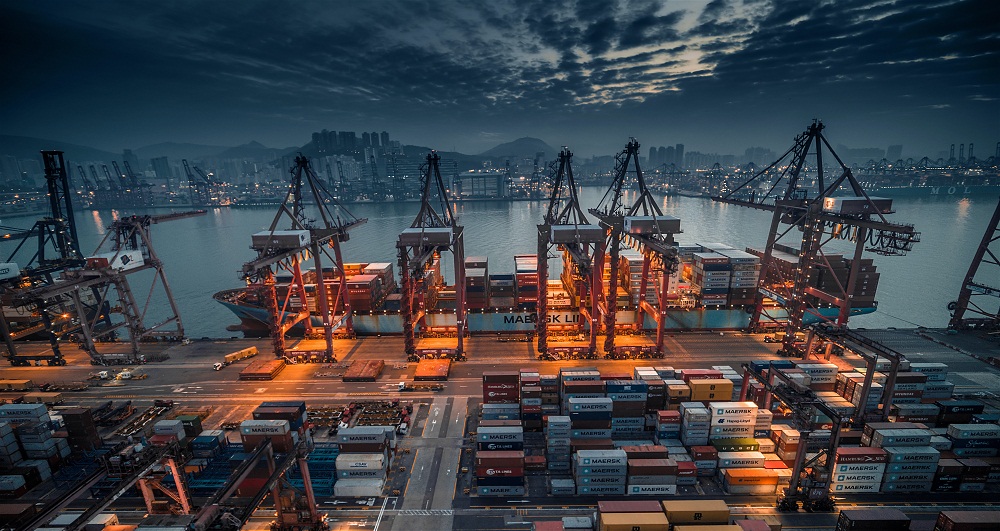For years, economists marveled at China’s history-shaping growth in manufacturing exports. But as this April’s trade data from Beijing illustrates, it’s time to start paying more attention to the ballooning of shipments to China.
Chinese imports in April increased 43.1% year-on-year to $221.1 billion, the biggest jump since January 2011. As the global economy recovers from the Covid-19 pandemic, it’s a sign that China will play a leading role. Meanwhile, China’s factories are still ticking. Exports in April increased 32.3% year-on-year to $263.9 billion. That bettered predictions by analysts of around 25%, and surpassed the 30.7% growth registered in March. With Europe and the U.S. still recovering from Covid, China is also expected to maintain its dominance on global export markets.
To be sure, there’s no sign that consumer goods companies are going to flock back to Europe and the U.S. and build factories in Manchester and Cleveland. Chinese imports are focused around three key areas: agricultural goods such as grain, soybeans and vegetable oils; mechanical and electronics that are mostly part of supply chains making products like iPhones; and high-priced consumer items, such as cars and trucks.
China’s biggest increase in imports came from mechanical and electrical products, where it ramped up shipments 28.1% to $93.4 billion. Imports of agricultural goods rose 30.1% to $18.3 billion. And there are signs that its consumers are increasingly able to afford importing high-priced Western goods. Imports of cars and trucks more than doubled, rising 154.1% to $5.2 billion.
But the surge in imports is still good news for multinational corporations who’ve salivated over China’s 1.4 billion consumers since the country joined the World Trade Organization in 2001, because it signals China’s integration in the global economy. It also appears that the trend will soon allow China to pass the U.S. as the world’s number one importer.
The Chinese imports are coming from Asian neighbors. As a bloc, ASEAN countries shipped $31.4 billion of goods to China in April, compared to $13.9 billion for the U.S. The European Union fared better, exporting $26.8 billion to China. Germany led the charge with $10.5 billion in shipments. China imported $18.5 billion from Japan, up 26.7%. By comparison, Chinese exports to Japan increased only 0.6%, a clear sign of how China’s role in the global economy is changing. Increasingly, it’s a buyer as well as a seller.
On the export side, China’s top customer in April remained the U.S., which imported $42.1 billion in April, up 31.3% from April 2020. By comparison, U.S. exports to China rose 51.4%. As a bloc, the European Union came in second, importing $39.9 billion, up 24.5% from April 2020. By individual countries, in second place was Japan at $13.7 billion, up 0.6% from April 2020. In third place, surprisingly, was Vietnam, which imported $12.8 billion, up 49.8% from April 2020. A large portion of this trade is part of supply chains and is destined for reexporting, but much of it reflects Vietnam’s emergence as a prosperous economy, and one of the powerhouses of Asia, an important trend to watch.
As the global economy recovered from Covid-19, Chinese exports were up across the board. In a sign that industrial activity is recovering, exports of steel products increased 55.8% to $7.4. billion. Mobile phone shipments rose 37.9% to $11.1 billion. Shipments of high-tech products increased 25.2% to $76.1 billion. One outlier was textiles, where exports shrank 16.6% to $12.2 billion.
The big trend that shaped global trade during the Covid-19 pandemic was a jump in trade in anything people used to work from home, from laptop computers and furniture, to toys and lighting. Those purchases appear to remain steady so far in 2021. Chinese exports of toys increased 69.3% to $3 billion. Furniture was up 60.7% to $6.2 billion. But at the same time, consumers, assisted by generous government stimulus packages, are starting to also buy products they use when they leave the house. Chinese footwear exports increased 59.4% to $3 billion. The upshot: The global economy appears to have staged a successful comeback.


